#City Bicycle
Text
"With “green corridors” that mimic the natural forest, the Colombian city is driving down temperatures — and could become five degrees cooler over the next few decades.
In the face of a rapidly heating planet, the City of Eternal Spring — nicknamed so thanks to its year-round temperate climate — has found a way to keep its cool.
Previously, Medellín had undergone years of rapid urban expansion, which led to a severe urban heat island effect — raising temperatures in the city to significantly higher than in the surrounding suburban and rural areas. Roads and other concrete infrastructure absorb and maintain the sun’s heat for much longer than green infrastructure.
“Medellín grew at the expense of green spaces and vegetation,” says Pilar Vargas, a forest engineer working for City Hall. “We built and built and built. There wasn’t a lot of thought about the impact on the climate. It became obvious that had to change.”
Efforts began in 2016 under Medellín’s then mayor, Federico Gutiérrez (who, after completing one term in 2019, was re-elected at the end of 2023). The city launched a new approach to its urban development — one that focused on people and plants.
The $16.3 million initiative led to the creation of 30 Green Corridors along the city’s roads and waterways, improving or producing more than 70 hectares of green space, which includes 20 kilometers of shaded routes with cycle lanes and pedestrian paths.
These plant and tree-filled spaces — which connect all sorts of green areas such as the curb strips, squares, parks, vertical gardens, sidewalks, and even some of the seven hills that surround the city — produce fresh, cooling air in the face of urban heat. The corridors are also designed to mimic a natural forest with levels of low, medium and high plants, including native and tropical plants, bamboo grasses and palm trees.
Heat-trapping infrastructure like metro stations and bridges has also been greened as part of the project and government buildings have been adorned with green roofs and vertical gardens to beat the heat. The first of those was installed at Medellín’s City Hall, where nearly 100,000 plants and 12 species span the 1,810 square meter surface.
“It’s like urban acupuncture,” says Paula Zapata, advisor for Medellín at C40 Cities, a global network of about 100 of the world’s leading mayors. “The city is making these small interventions that together act to make a big impact.”
At the launch of the project, 120,000 individual plants and 12,500 trees were added to roads and parks across the city. By 2021, the figure had reached 2.5 million plants and 880,000 trees. Each has been carefully chosen to maximize their impact.
“The technical team thought a lot about the species used. They selected endemic ones that have a functional use,” explains Zapata.
The 72 species of plants and trees selected provide food for wildlife, help biodiversity to spread and fight air pollution. A study, for example, identified Mangifera indica as the best among six plant species found in Medellín at absorbing PM2.5 pollution — particulate matter that can cause asthma, bronchitis and heart disease — and surviving in polluted areas due to its “biochemical and biological mechanisms.”
And the urban planting continues to this day.
The groundwork is carried out by 150 citizen-gardeners like Pineda, who come from disadvantaged and minority backgrounds, with the support of 15 specialized forest engineers. Pineda is now the leader of a team of seven other gardeners who attend to corridors all across the city, shifting depending on the current priorities...
“I’m completely in favor of the corridors,” says [Victoria Perez, another citizen-gardener], who grew up in a poor suburb in the city of 2.5 million people. “It really improves the quality of life here.”
Wilmar Jesus, a 48-year-old Afro-Colombian farmer on his first day of the job, is pleased about the project’s possibilities for his own future. “I want to learn more and become better,” he says. “This gives me the opportunity to advance myself.”
The project’s wider impacts are like a breath of fresh air. Medellín’s temperatures fell by 2°C in the first three years of the program, and officials expect a further decrease of 4 to 5C over the next few decades, even taking into account climate change. In turn, City Hall says this will minimize the need for energy-intensive air conditioning...
In addition, the project has had a significant impact on air pollution. Between 2016 and 2019, the level of PM2.5 fell significantly, and in turn the city’s morbidity rate from acute respiratory infections decreased from 159.8 to 95.3 per 1,000 people [Note: That means the city's rate of people getting sick with lung/throat/respiratory infections.]
There’s also been a 34.6 percent rise in cycling in the city, likely due to the new bike paths built for the project, and biodiversity studies show that wildlife is coming back — one sample of five Green Corridors identified 30 different species of butterfly.
Other cities are already taking note. Bogotá and Barranquilla have adopted similar plans, among other Colombian cities, and last year São Paulo, Brazil, the largest city in South America, began expanding its corridors after launching them in 2022.
“For sure, Green Corridors could work in many other places,” says Zapata."
-via Reasons to Be Cheerful, March 4, 2024
#colombia#brazil#urban#urban landscape#urban planning#cities#civil engineering#green architecture#green spaces#urban heat#urban heat island effect#weather#meteorology#global warming#climate change#climate hope#climate optimism#climate emergency#climate action#environment#environmental news#city architecture#bicycling#native plants#biodiversity#good news#hope#solarpunk#ecopunk#hopepunk
12K notes
·
View notes
Text
Hybrid bicycles are easy and eco-friendly, combining the best bike features. They're great for commuting, reduce traffic, and are a smart, sustainable choice for transportation.
#bicycle#cycle#girlsbicycle#boysbicycle#kidsbicycle#outdoors#outdoor#mensbicycle#cycling#womenbicycle#Hybridbicycle#Hybrid Bike#Hybrid Cycle#City Bike#City Bicycle#City Cycle
0 notes
Photo
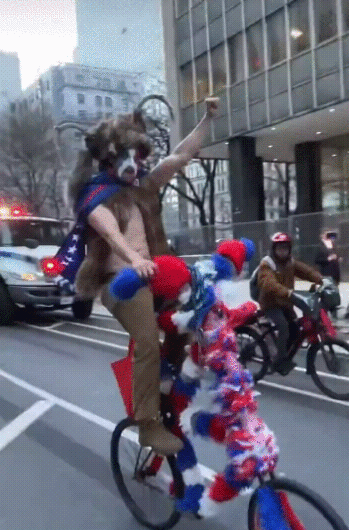
April 4, 2023 - A Trump supporter is taken down a peg by a well-aimed skateboard in New York City. [video]
#antifa#antifascism#antifascist action#trump#maga#nyc#new york#new york city#usa#gif#fall#karma#qanon shaman#funny#skateboard#skater#direct action#tall bike#bicycle
12K notes
·
View notes
Text

TAKOYAKI RIDE-THRU
#bicycle people#black and white#japan aesthetic#japan pictures by ory#olympus#urban japan#bicycle#japan#tokyo#osaka#takoyaki#drive thru#ride thru#folding bicycle#city bicycle#18 inch wheel
1 note
·
View note
Text
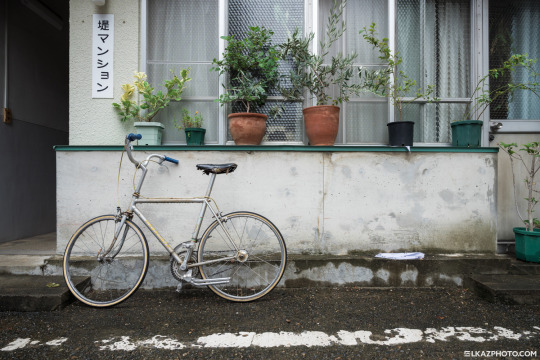
Mecenate, Shinanomachi 信濃町
#日本#東京#信濃町#japan#tokyo#shinanomachi#photography#photo#city#bicycle#bike#two wheels#urban#metropolis#Nikon Z9
500 notes
·
View notes
Photo

Untitled
#2023#202312#23mm#Color#Fujifilm#Fujifilmxseries#Japan#Naha#Naha city#Nokton#Nokton23mmf12#Okinawa#Untitled#Voigtlander#Voigtlander Nokton 23mm f1.2#VoigtlanderNokton23mmf12#X-T5#XT5#bicycle#f1.2#カラー#富士フイルム#沖縄#看板#自転車#那覇#酒場
504 notes
·
View notes
Text

Brasa works as an excitable rickshaw driver.
#art#animals#anthro#wolf#canine#rickshaw#city#buildings#roads#environment#leopard#rhino#bicycle#horse#simon
1K notes
·
View notes
Text
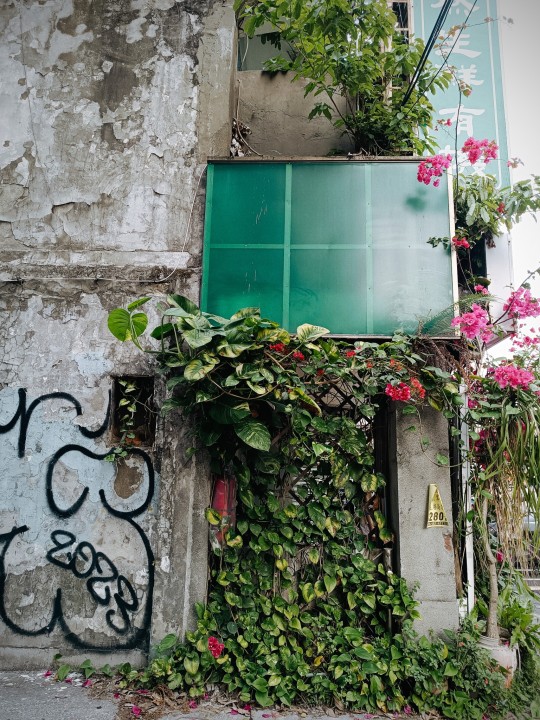



Walking around Da'an // 在大安走走
186 notes
·
View notes
Text

#my art#paris#photooftheday#blur#lensblr#filé#photographers on tumblr#photography#original photographers#panning#bicycle#vélo#city lights#cityscape#city life#city#paris city#city of paris#night photography#night shots#paris street#street#street photography#lumières de la ville#lights#urban photography#urban landscape#urban#urban lights
252 notes
·
View notes
Photo
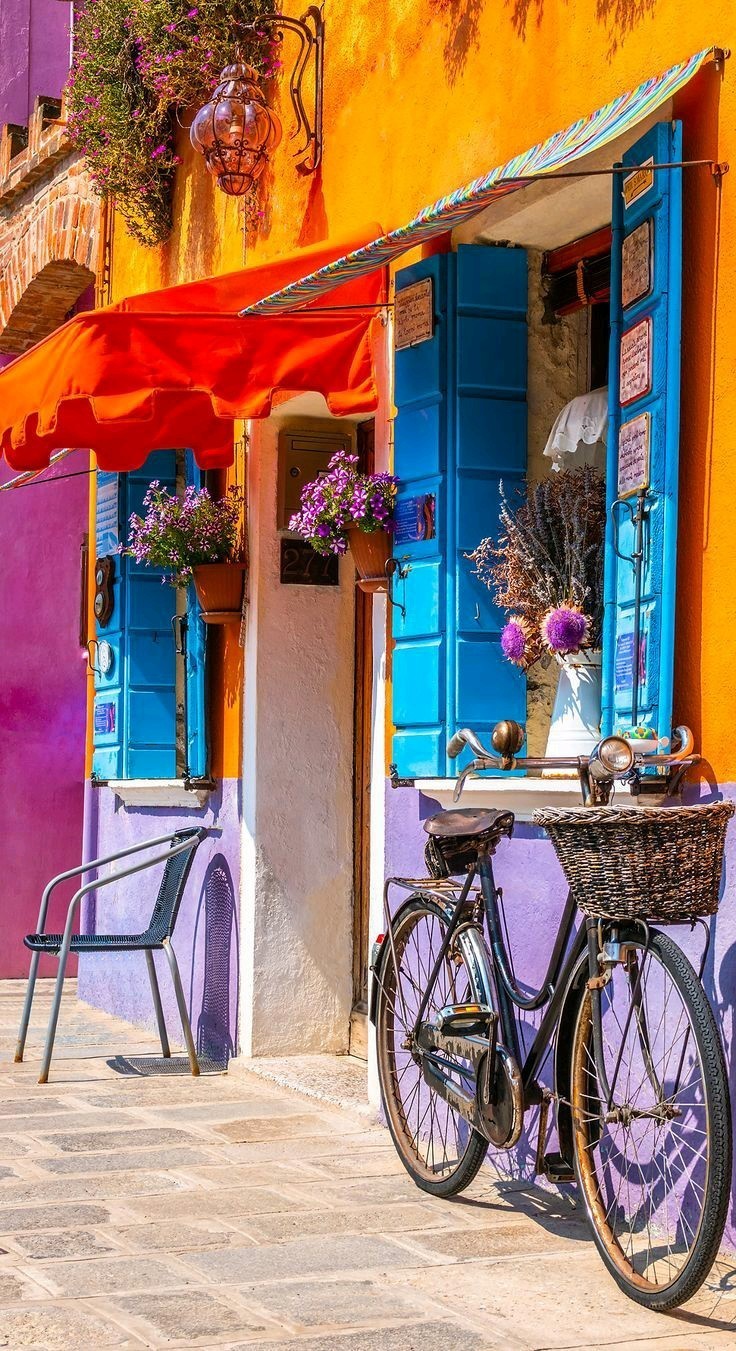
FROM : felicebisiaco
406 notes
·
View notes
Photo
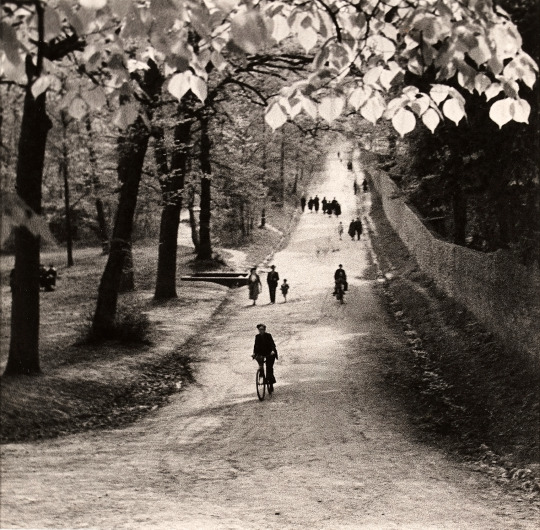
Bellevue (Seine), 1934. André Kertész, 1894 - 1985.Gelatin silver print.
#andre kertesz#Black and White#france#city scenes#street scene#photography#photographie#foto#fotografia#fotografie#1930s#vintage#bicycle#parks#family
604 notes
·
View notes
Text
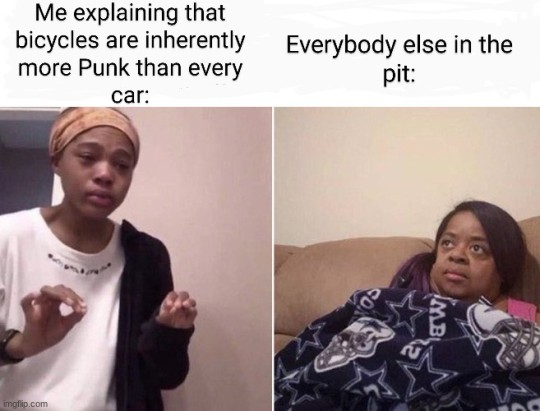
Listen to me okay!!!
A comparatively affordable, environmentally friendly, one time purchase that doesn't make you regularly line the pockets of Big Gas Executives and directly fund the fossil fuel industry.
Bicycles are far easier and cheaper to replace, repair, or modify to your liking by yourself! Pretty much anyone at any skill level can learn basic bike maintenance, they don't require nearly as much specialized knowledge and pretty much all the tools you will need can be easily and relatively affordably sourced from a hardware store, bike shop, or used.
'but they're not cool' first of all, caring about being cool automatically makes you uncool. Second, cool is a learned association and what is cool now won't be cool in five years. What was cool 5 years ago isn't cool now. We have been conditioned by movies and tv to think the only people who ride parks are losers and the butt of the joke. We can literally make bicycles cool by simply being a bunch of cool people who ride bicycles.
As car culture is the dominant mindset in North America a bicycle is, in fact, counterculture! Piss off drivers simply by existing! Although do be warned many think it is completely reasonable to attempt to murder you with their car because they had to slow down a little bit to pass you.
The first step to dismantling our current car culture and pedestrian hostile infrastructure is to opt out of using cars as much as possible. Cities are not and have not been built for people in decades. They are built for cars. You shouldn't have to be forced to clean out your wallet paying for a car, fuel, insurance, etc because a corporation hardcore lobbied your government to design the world around you to be inconvenient, miserable, and impossible to navigate without one so they can make more money at everyone else's expense.
The more people use bikes, the less money corporations make. The less damage they can do to the planet. The demand for bike and pedestrian friendly infrastructure rises. Cities become cleaner, nicer, and more liveable for everyone.
You deserve to be able to live.
#bicycles#bicycle#cars#car culture#car infrastructure#punk#punk subculture#counterculture#bicycle culture#bike#city infrastructure#walkable cities#urban planning#city planning#my thoughts
206 notes
·
View notes
Text

@ matteuswork
#curators on tumblr#inspiration#wanderlust#li_destinations#travel#explore#streetscape#streets#city life#street photography#bike#bicycle#cafe
98 notes
·
View notes
Text
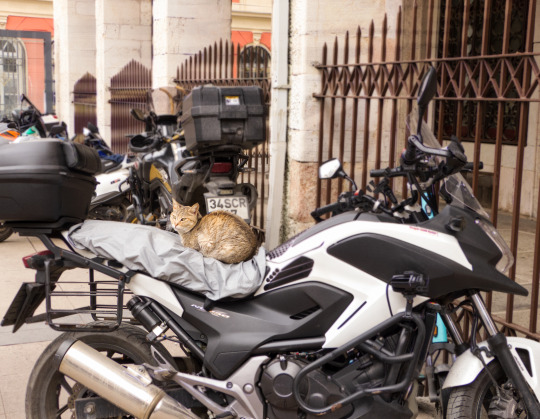
Istanbul, Türkiye
#Istanbul#Türkiye#travel#travelphotography#old city#cat#cats#bicycle#streetview#streetphography#street#animal#animals life
172 notes
·
View notes
Text

Suga, Shimo-kitazawa 下北沢
#日本#東京#下北沢#japan#tokyo#shimo-kitazawa#photography#photo#city#night#bicycle#bike#two wheels#urban#metropolis#Nikon Z9
334 notes
·
View notes
Text
Amsterdam 🌷
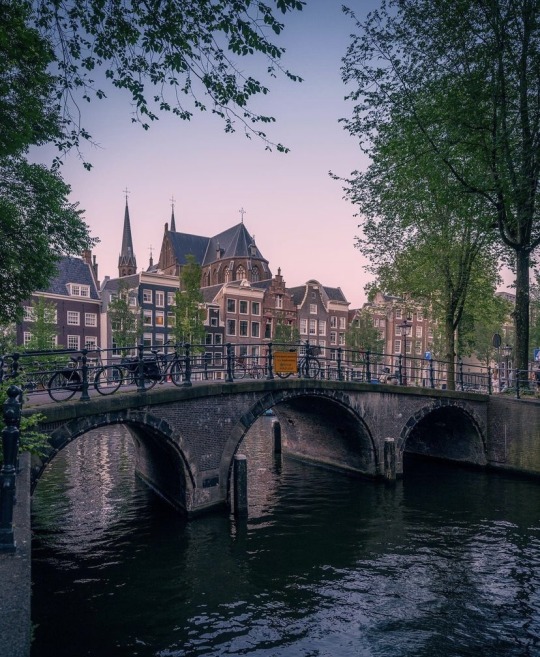
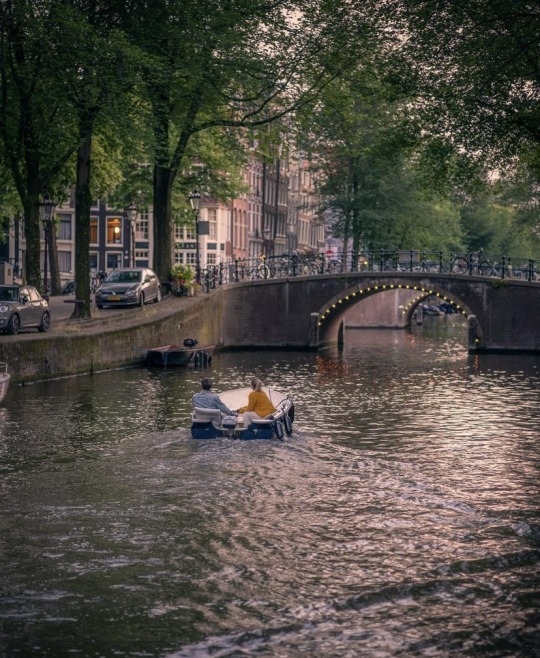



Photo by ieuyar
#inspiration#nature aesthetic#nature#naturecore#landscape#nature photography#amsterdam#streetscape#street#bicycle#europe#river#city landscape#cityscape#city#urban#city life#buildings#bridge#pink flowers
125 notes
·
View notes